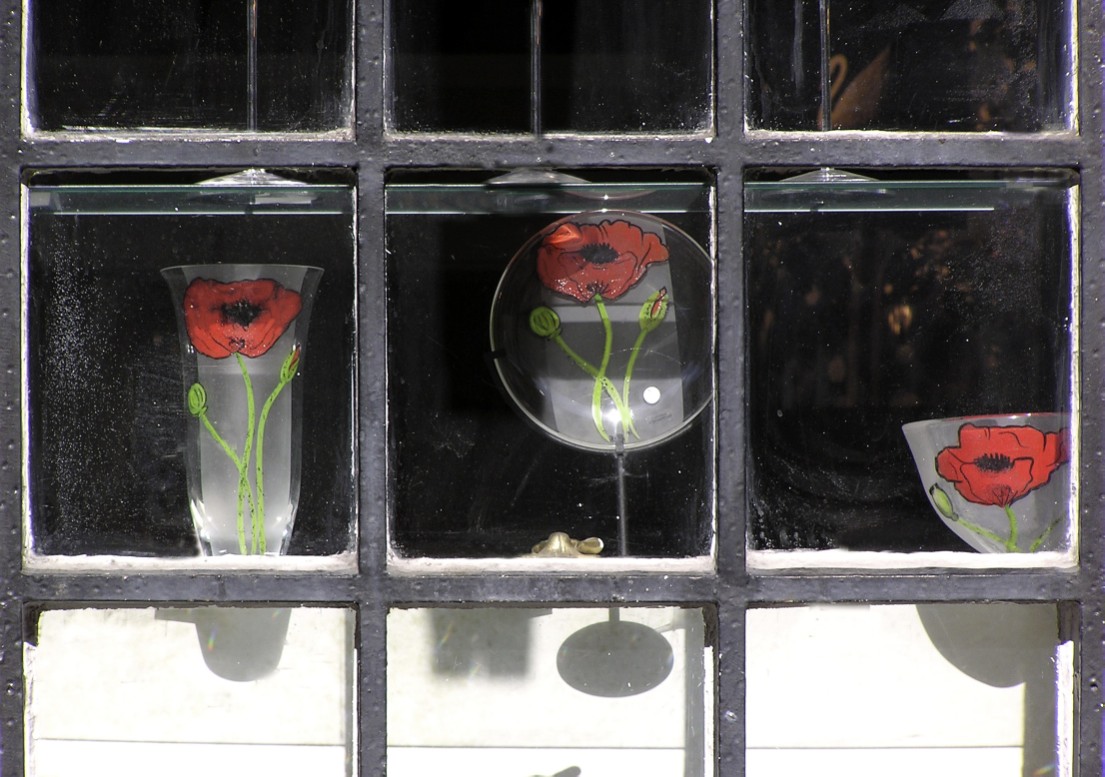
Multi-Dimensional Model
Hopefully, this two dimensional model adds something to the Original Window; however, I wish to move beyond these two dimensions in the New Johari Window bky introducing the dimension of internal world and external world. This enables us to move to a new metaphor with regard to the New Johari Window: a storm window that comes complete with double panes. A storm window helps to separate the outside world from the inside. It offers a layer of air—a cushion or buffer—between the variable conditions of the external world (extreme temperatures, rain and snow, daylight and dark) and the less variable conditions of the internal world (thermostatically controlled temperature, no precipitation, controlled lighting).
The New Johari Window suggests that we similarly set up conditions in our interpersonal relationships so that we are buffered from the external realities of this interpersonal life. People with whom we interact profoundly influence us, yet, we are not simply tossed like a leaf by the exigencies of these relationships. We have the capacity to interpret, distort, and even ignore the messages being delivered intentionally and unintentionally by another person. We also deliver messages to other people that come from both the window we present to the outside world and the window we create inside ourselves. Thus, the New Johari Window has double panes representing both the internal and external worlds in which we live.
To the extent that the gap between these two panes is small, there is substantial congruence between our internal and external worlds. To the extent that the gap is large, there is an incongruent state and the dynamics involved in coping with this gap can be profound. In many instances, as we shall see throughout this set of essays, the gap is large because trust has been violated in earlier relationships—there have been violent external, interpersonal storms. We have therefore built a strong storm window to keep out the turbulent, unpredictable and potentially harmful relational storms. We protect ourselves with the gap in the two panes of all four quadrants, just as we install storm windows with large thermal gaps when choosing to live in climates that are turbulent, unpredictable and potentially harmful.








